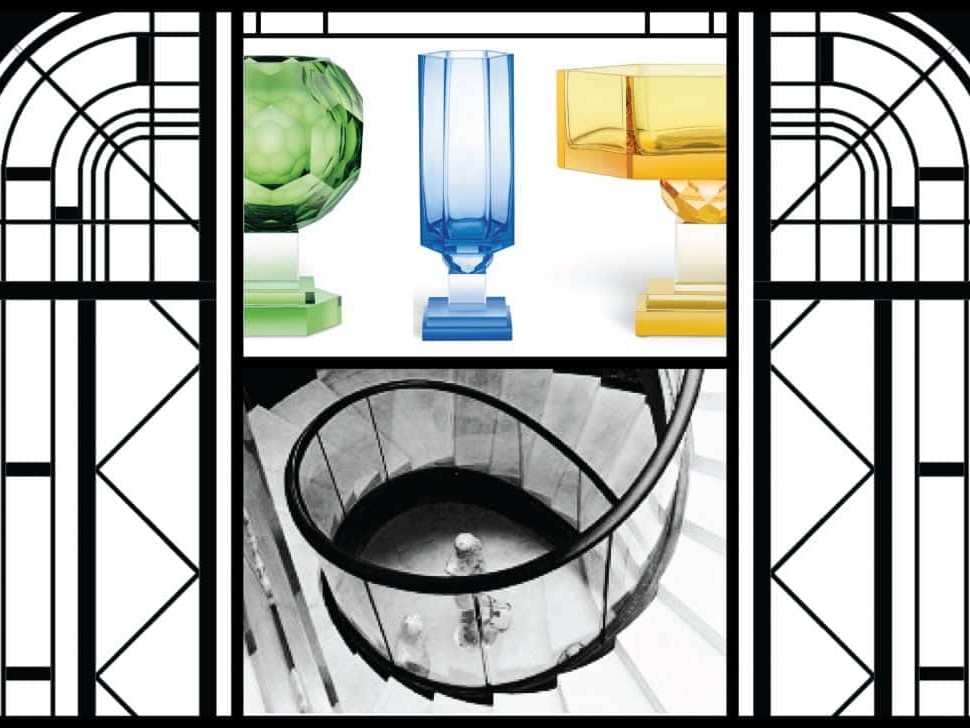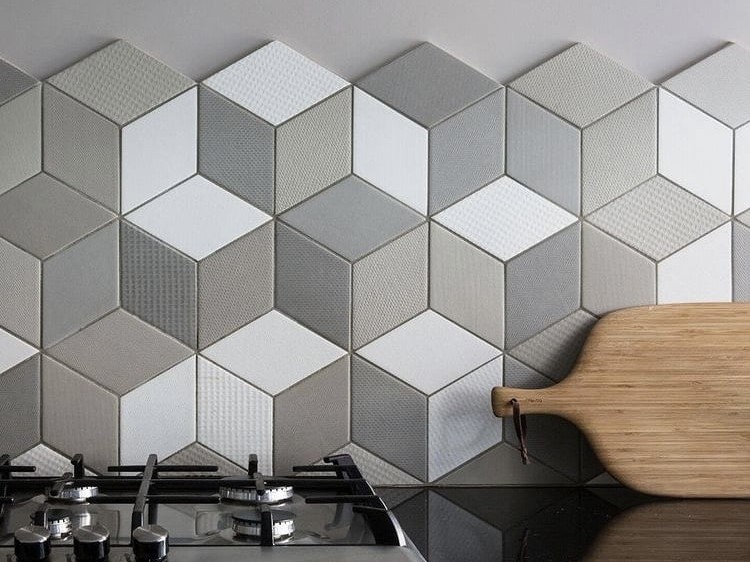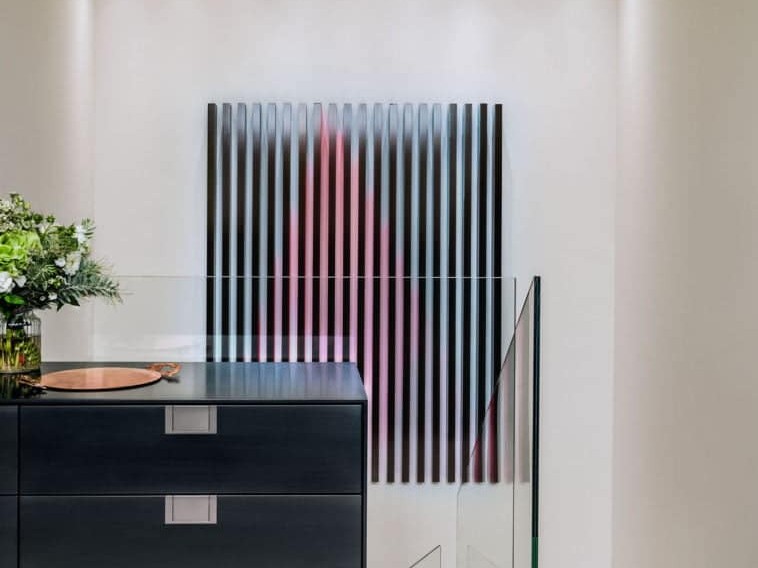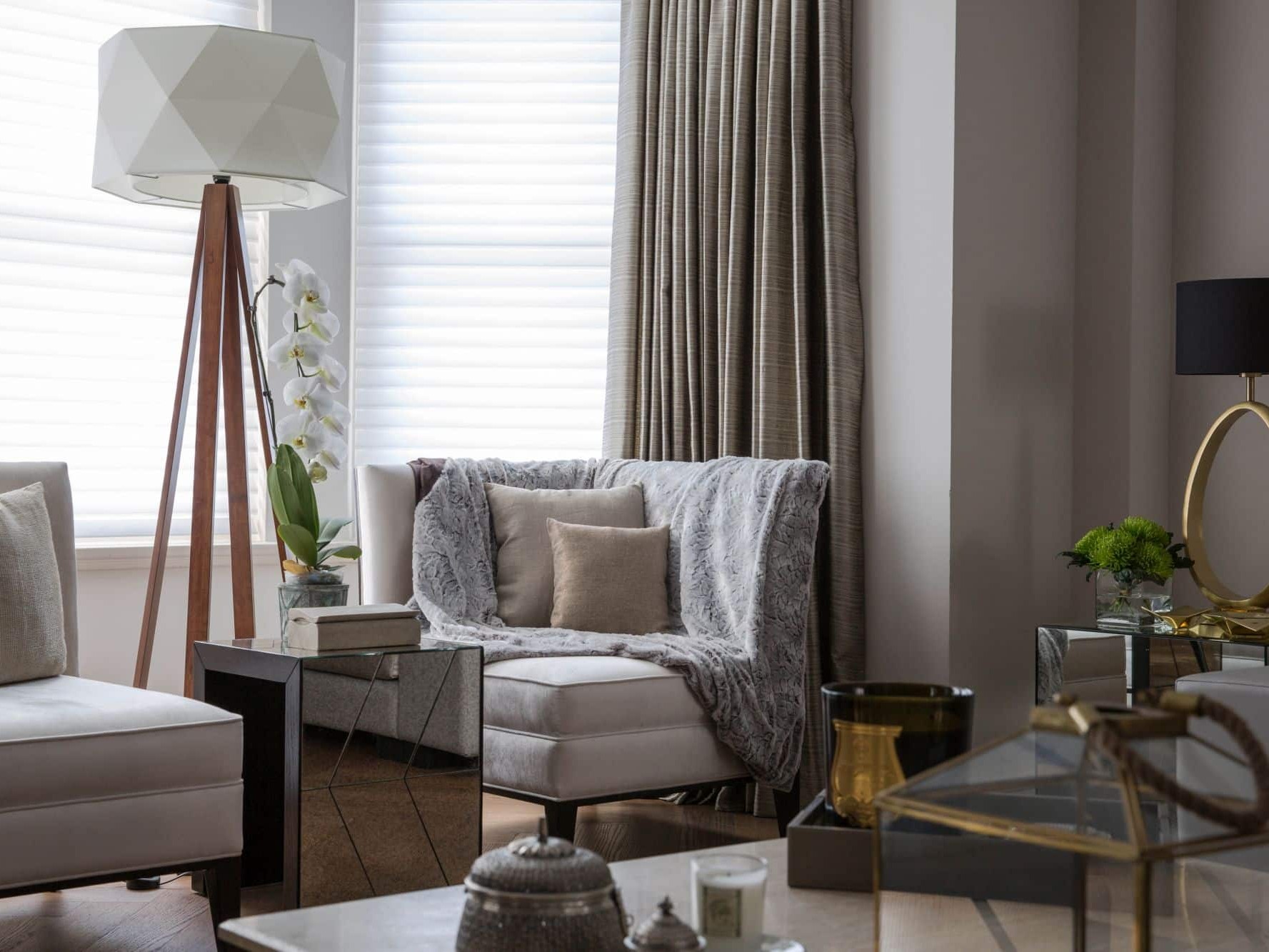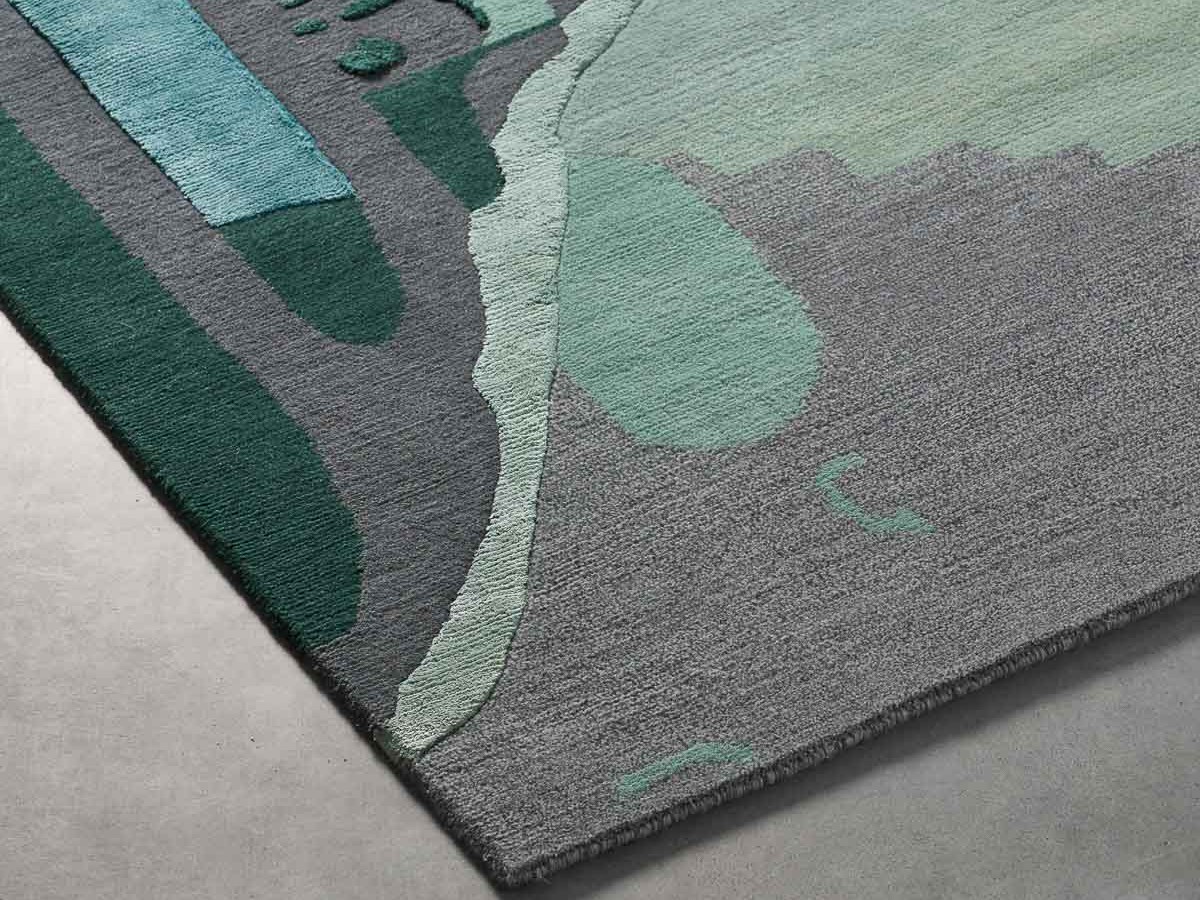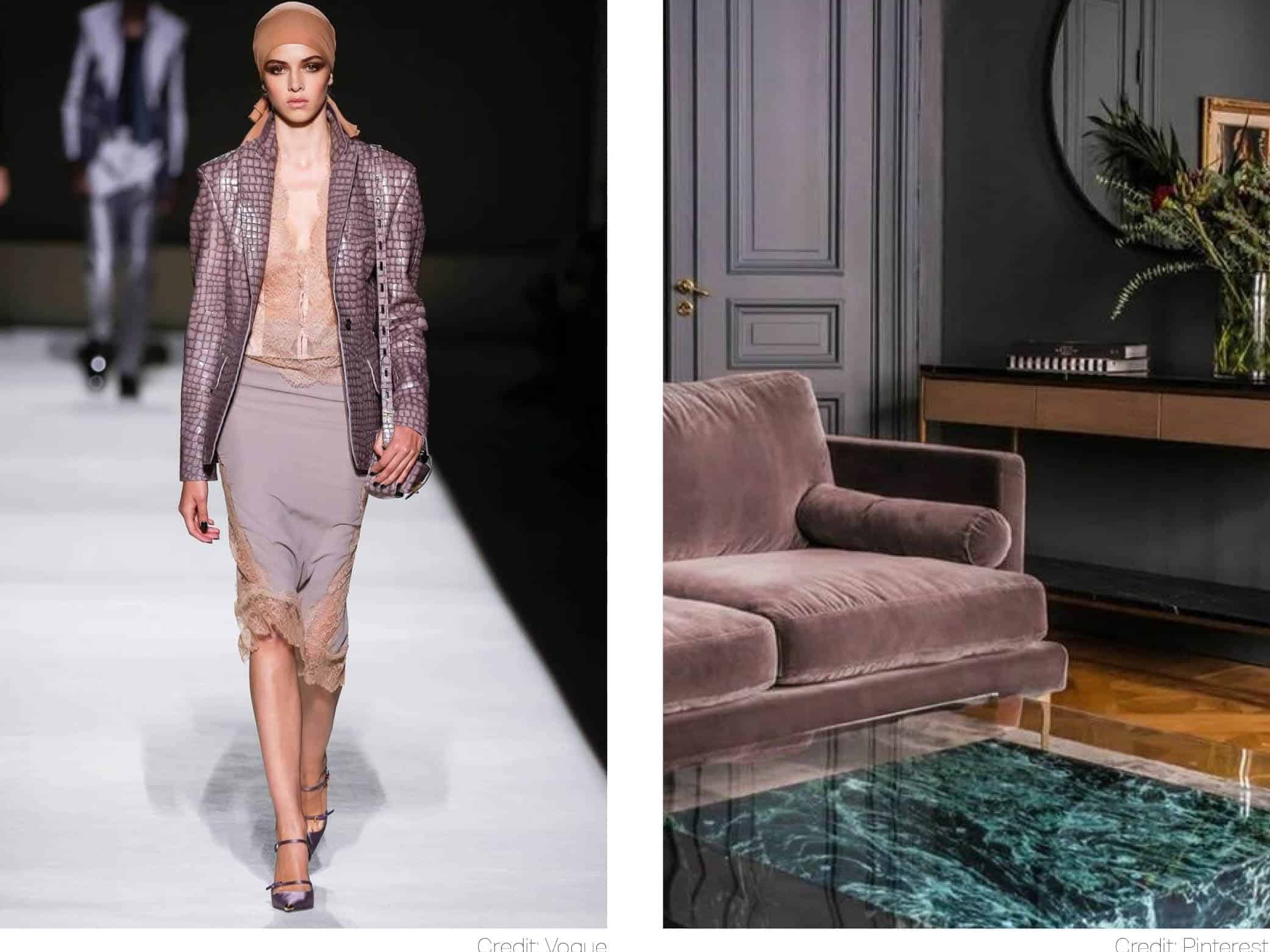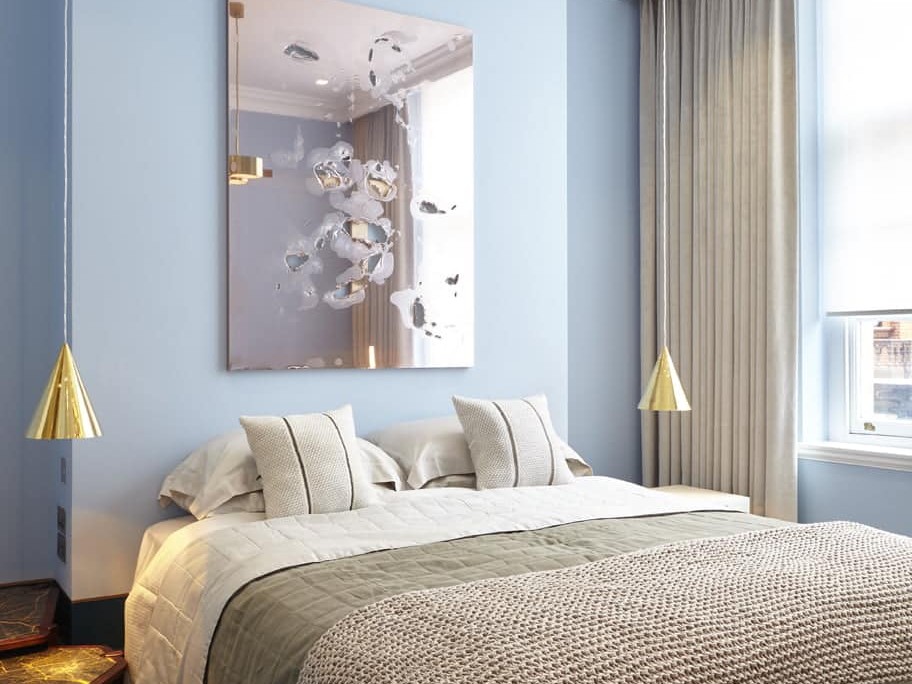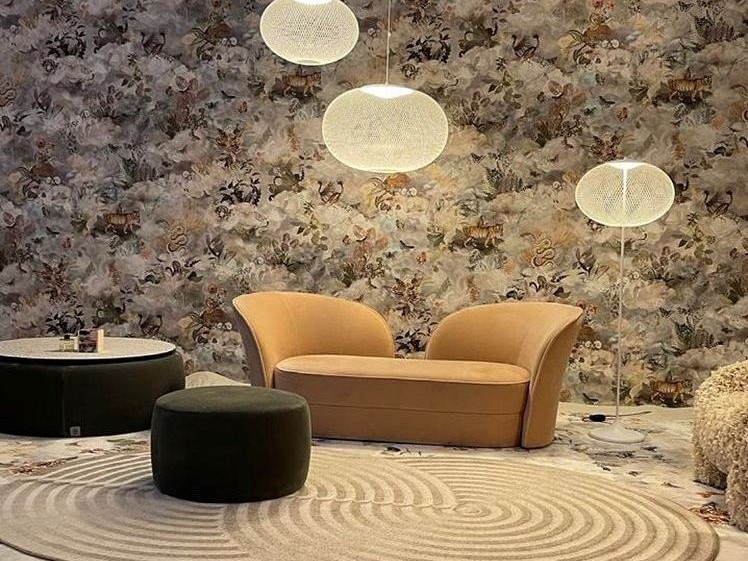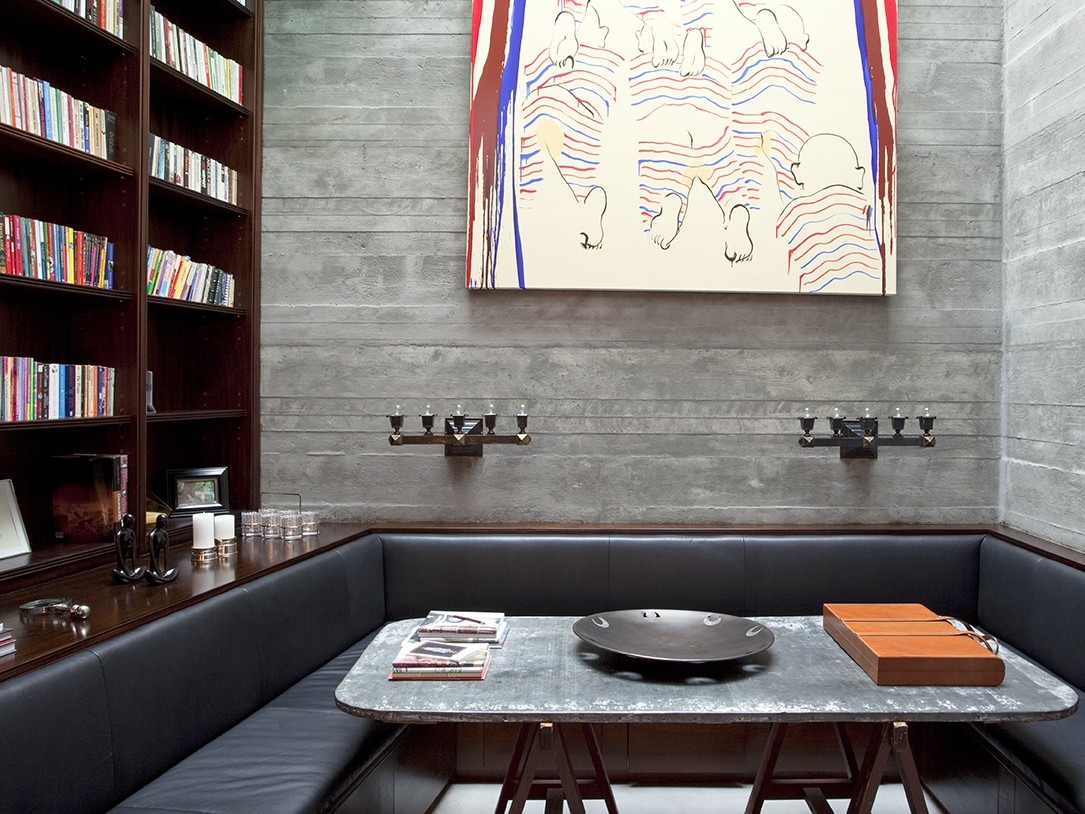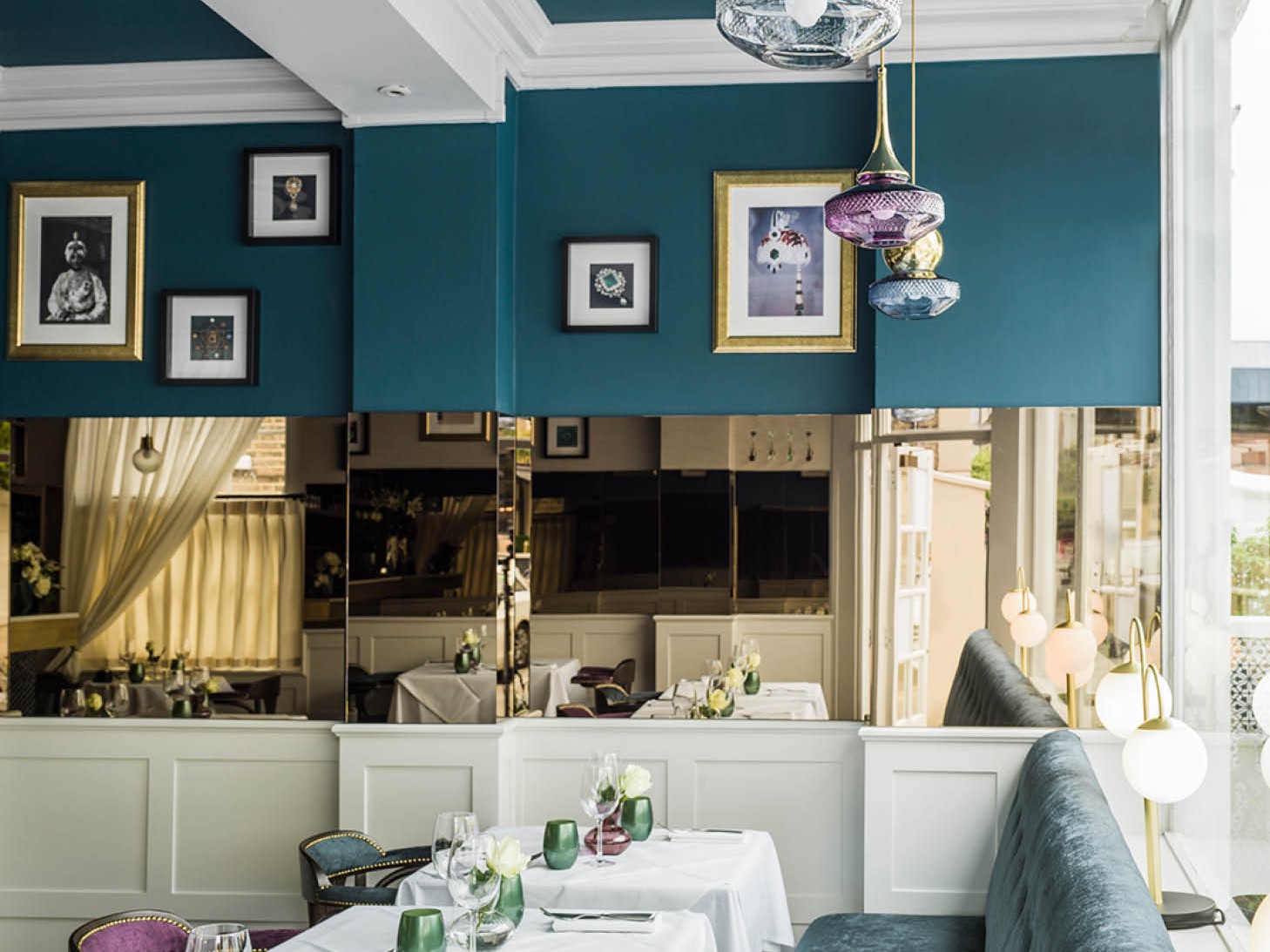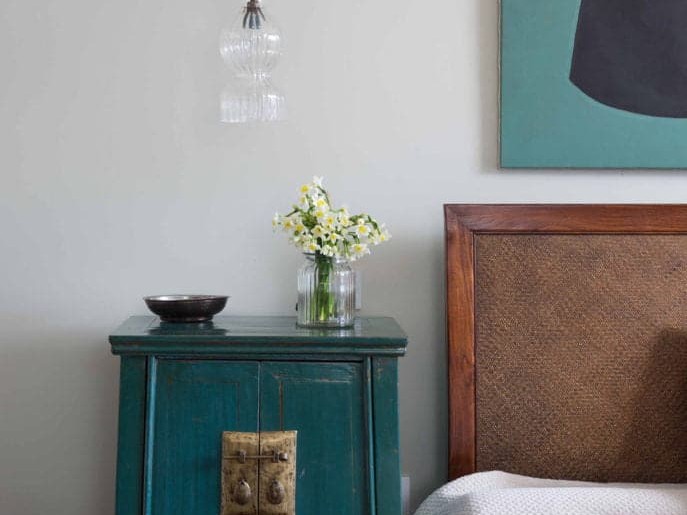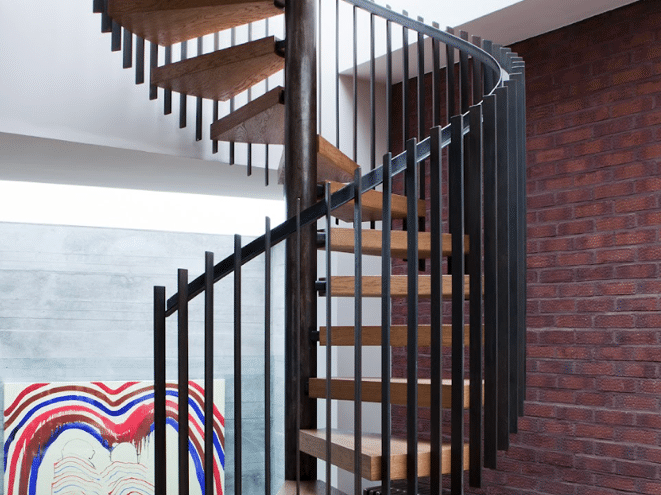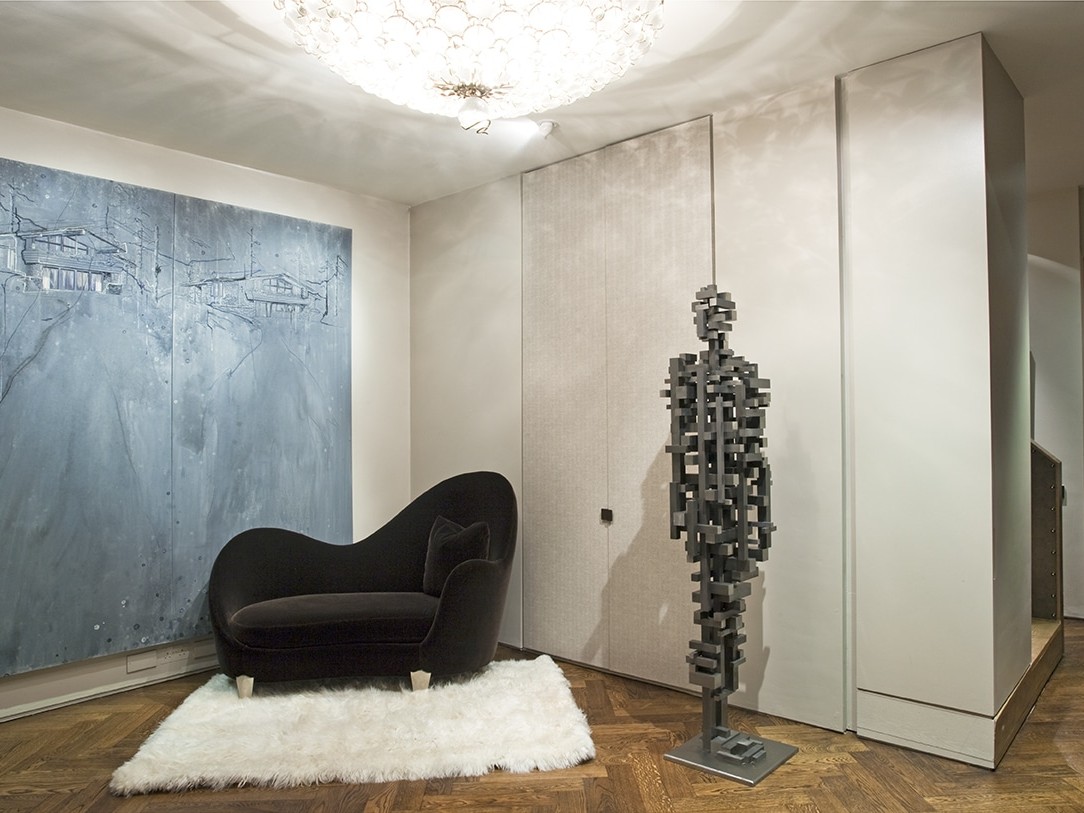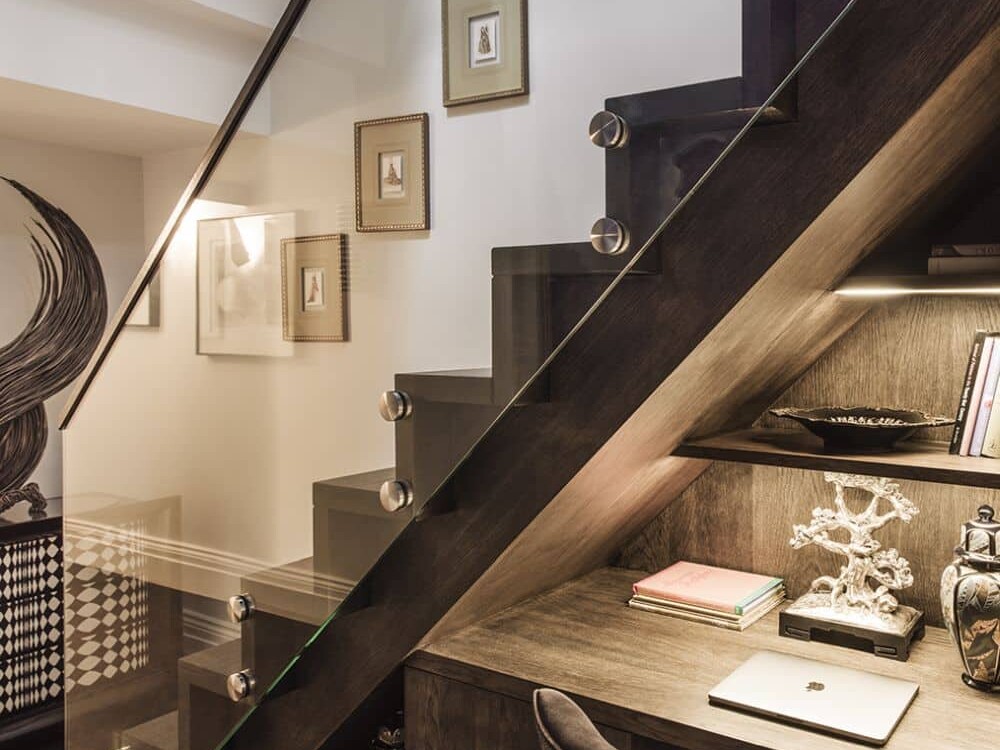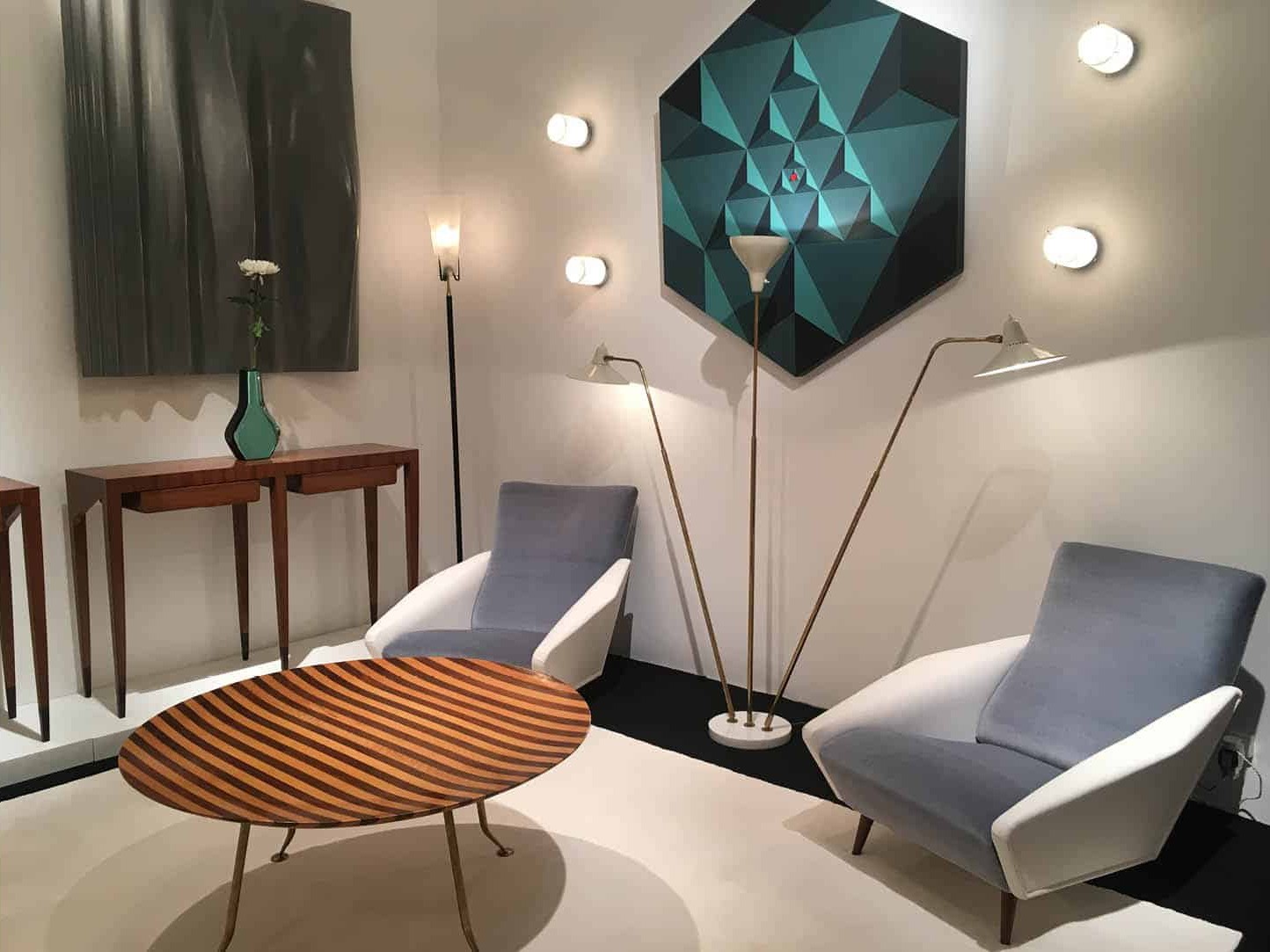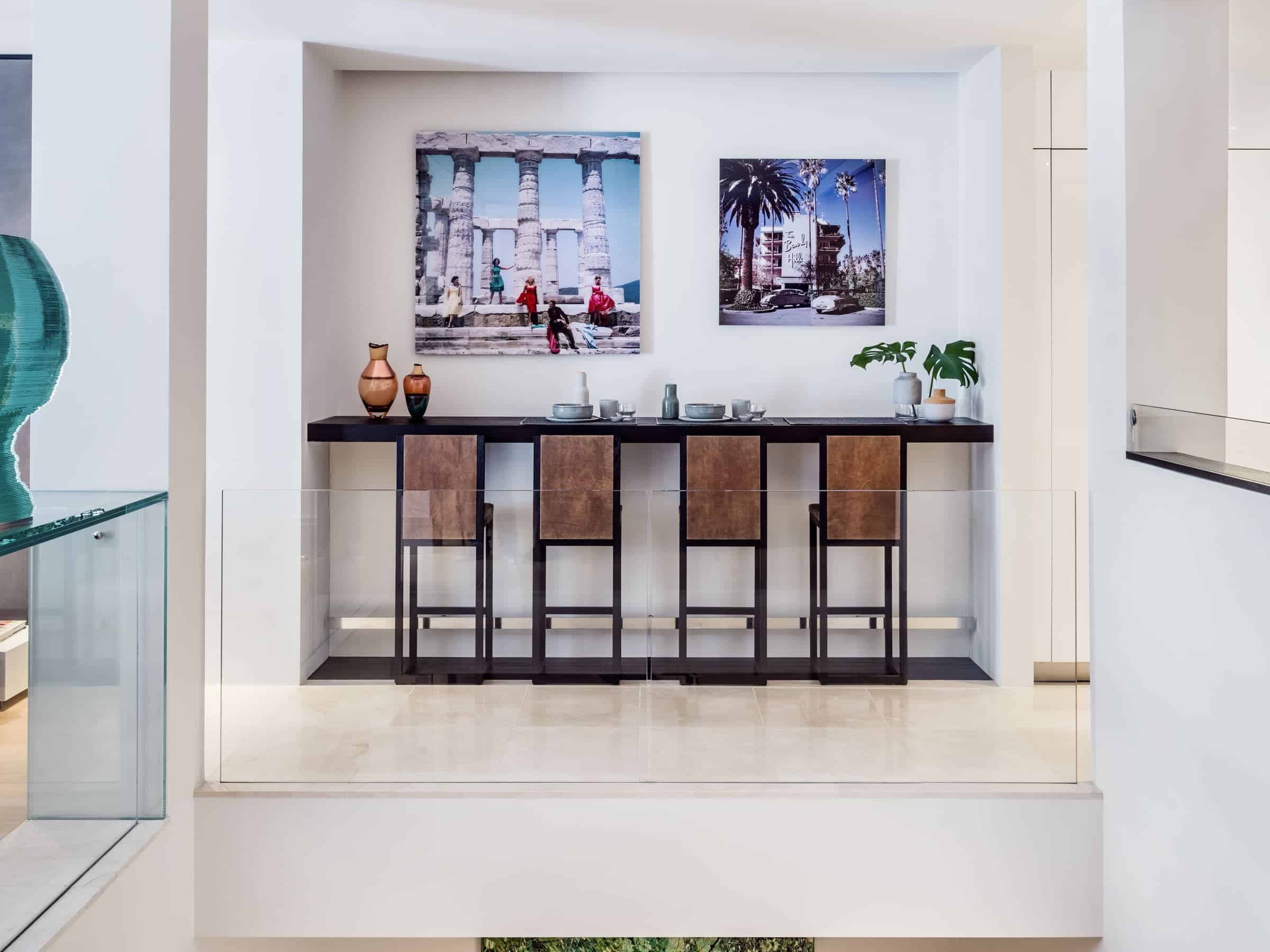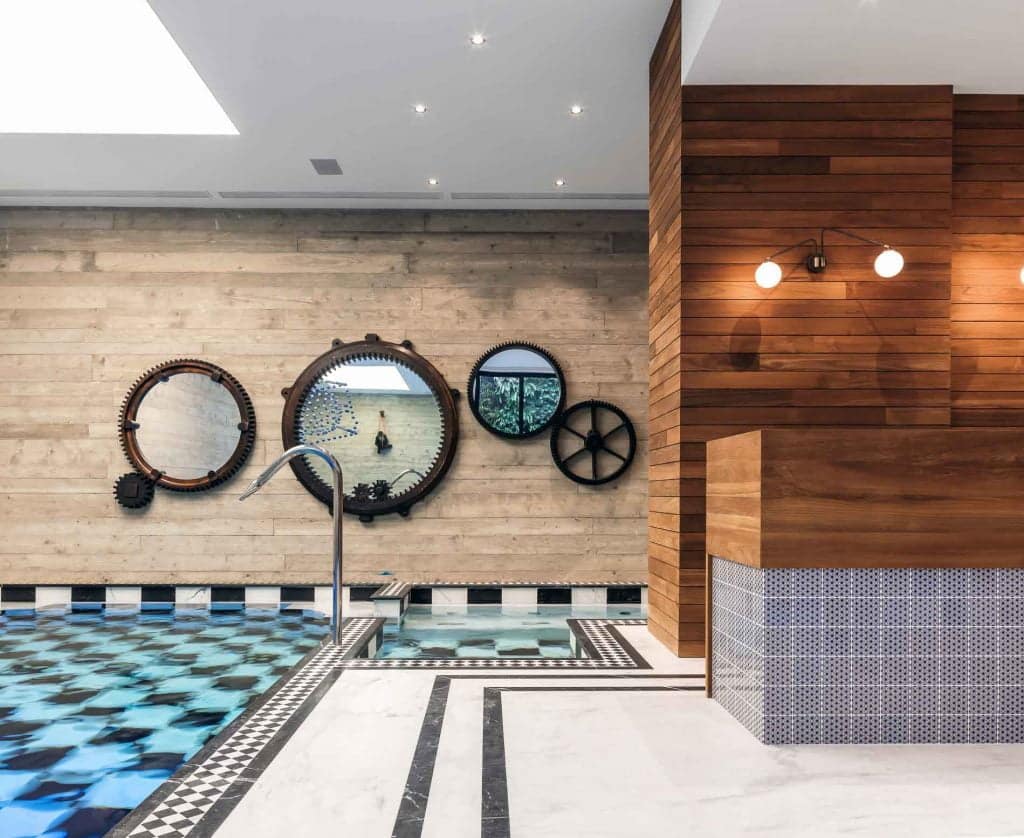
Our surroundings have a huge impact on our mood and behaviour, so it should come as no surprise that they affect our health and well-being. It’s easy to assume that interior design is wholly about aesthetics, but this is far from the truth. In actual fact, good interior design should enable people to elevate their lifestyle, and this includes enhancing wellness.
Whether you’re designing the interior of a workspace or a residential home, incorporating wellness into your design choices improves both the visual appeal and the functionality and feel of the space. To achieve this, take a look at how current and future wellness trends can be integrated into your interior design:
1. Improved Air Quality
Poor air quality can have devastating health consequences, including an increase in respiratory illnesses, strokes and heart disease. While people often associate pollution with outdoor environments, such as busy city streets, indoor air quality should be a top priority too.
When you’re designing a space, consider how the air quality can be optimised. In a full renovation, this may involve integrating more windows or bi-folding doors to provide increased ventilation, for example. Alternatively, you may choose to incorporate next-gen technology in the form of air purifiers to create a healthier environment that promotes wellness.
Of course, you’ll want to avoid polluting the interior as best you can too, which is why low-VOC paint can be a great option. With fewer volatile organic compounds, these paints are less likely to trigger conditions such as asthma and allergies and will pose less of a health risk in the long-term.
2. Designated Workspaces
Today, many people use their homes as a workspace as well as a living environment. While this does have its benefits, it sometimes means that there is little distinction between work, rest and play. As a result, you may notice you feel under increased pressure or show extra signs of stress if you work from home on a regular basis.
To combat this, ensure your interior design integrates designated workspaces if working from home will be a long-term priority. Ideally, you’ll have sufficient space to create a dedicated home office, equipped with all of the essentials you need to navigate your professional life.
Alternatively, consider how a shared space or open plan living area can be artistically segmented to create distinct yet cohesive spaces for work and home life. With more differentiation between these two spheres, inhabitants can relax more easily, reduce stress levels and, as a result, enhance their well-being.
3. Low CO2
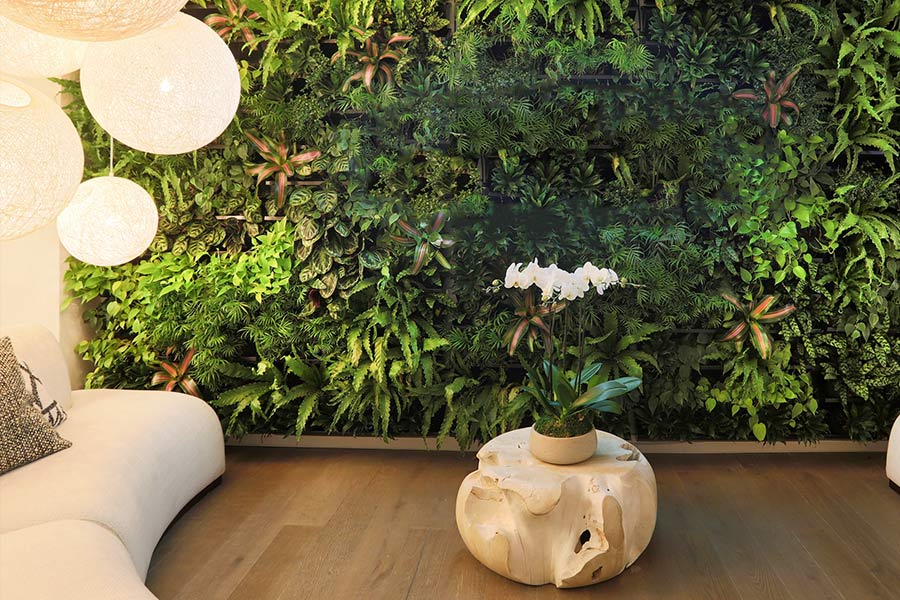
Carbon dioxide, or CO2, can be extremely dangerous in large amounts but even relatively small amounts can have negative health implications. While good ventilation can help to prevent CO2 building up, there are additional ways to keep CO2 levels low within the home or office.
Made from a lime base, CO2 absorbing paints are an emerging option for homeowners, building proprietors and designers who want to make wellness a top priority. As the paint dries, it absorbs CO2 in the atmosphere and continues to improve the surrounding air quality, thus leading to a healthier environment.
Similarly, embracing biophilic interior design styles and featuring lots of greenery in your designs can be an effective way to reduce carbon dioxide levels and promote wellness. Being surrounded by nature has been shown to improve mood, relieve anxiety and reduce blood pressure but plants also absorb CO2 and help to enhance air quality. From single houseplants and miniature trees to interior living walls, there are a variety of ways to ensure nature plays an important role in your interior design.
4. Sound Insulation
Loud noises can damage your hearing, particularly when they occur over a long period of time, but even low-level noise can cause your stress levels to rise. If you’re trying to work or relax, for example, unwanted noise can cause unnecessary disruptions, lower your productivity and increase anxiety.
Fortunately, sound insulation is an easy way to remedy this. With sound-reducing services, such as insulated underlay, you can prevent excessive noise from having a negative impact on well-being. What’s more – the right type of sound insulation can make a design statement in itself! Acoustic wall coatings are available in a variety of colours and their unique shape and consistency ensures they add visual interest and texture to your interiors.
5. Smart Interior Design

Credit: Sarah Mayohas
As technology has evolved, we’ve incorporated gizmos and gadgets into almost every part of our lives. In many ways, however, technology can be used to enhance well-being and smart homes exemplify just how effective this can be. From streamlining and simplifying routines with time-saving tech to promoting relaxation, wellness and healthy activities, smart homes can help people to embrace a healthier lifestyle and mindset.
If you’re planning to redecorate, or you are undertaking a full-scale renovation, incorporate smart technology from the outset and integrate it into your design. This allows devices to be situated in appropriate locations and ensures unwanted fixtures can be hidden but it also ensures that the end-to-end integration and full compatibility can be achieved for optimal performance and maximum wellness benefits.
6. Therapeutic Lighting
Our bodies rely on light to determine their circadian rhythm, which is why short days and dark nights can leave us feeling low. Unsurprisingly, artificial light can disrupt the body’s natural rhythm and therefore negatively impact well-being. When you begin designing a space, use the opportunity to consider the lighting from the outside and determine which forms of therapeutic lighting can best serve the environment and its inhabitants.
Increasing the availability of natural light is always a top priority when designing for wellness but next-gen solutions are an option too. Combining colour therapy with lighting can be a great way to create a calming and restorative space, for example, and many fixtures, fittings and accessories now feature in-built lighting to achieve this.
Designing for Wellness
Successful interior design should serve the space, its purpose and inhabitants and designing for wellness is a sure-fire way to achieve this. By using existing and future design trends to promote well-being, you can create interiors that inspire, fulfil and invigorate people as they embark on their own wellness journey.
Related articles
Conversations on Design: Shalini Misra and Fabrizio Cantoni
Shalini Misra & Fabrizio Cantoni from cc-tapis deep dive into the cultural significance of stepwells, the creative process, and the intricate production methods that give each piece its unique soulful character.
An Exclusive New Rug Collection Inspired by the Stepwells of India
For our first exclusive rug collection produced by cc-tapis, Shalini Misra looked to the thousands of stepwells in India for inspiration.
Elevate Your Home: The Impact of a Sophisticated Staircase
We’re so thrilled to launch the Shakti Design Residency in India, a new annual initiative to support emerging international design talent.
6 Interior Design Tips to Boost Wellbeing All Year Round
Humankind has known for aeons that light, fresh air, nature and calm are all essential to help life thrive.


